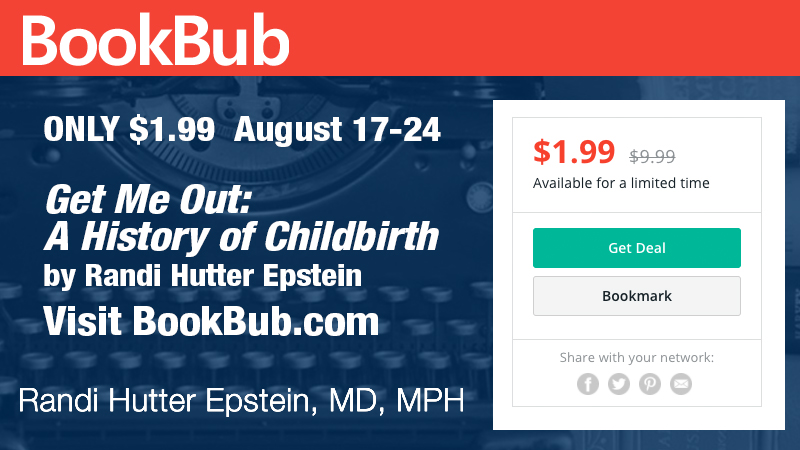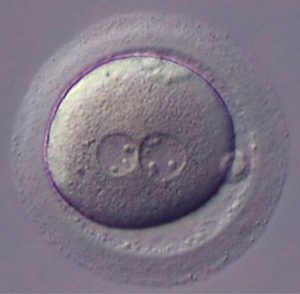I gave birth to my first son, Jack, 25 years ago in London. The birth went smoothly but I was a little freaked out when I was told that once I got home, a visiting nurse/midwife was going to stop by every day for at least 10 days.
I pictured Mary Poppins minus the show tunes. What I got was more Woodstock circa 1960. My motherhood-checker (I can’t remember her official title) wore Birkenstocks and a flowing multicolored skirt. Instead of reprimanding me, as I feared, she was encouraging and answered all kinds of new-mom questions. She also weighed my son in the same kind of antiquated scale used by my local fishmonger.
Six weeks postpartum, my earthy-crunchy helper returned. This time she wasn’t asking about Jack. She asked about me. We sat crossed-legged on the carpet and she ran through a checklist of postpartum depression signs sprinkled into a seemingly casual conversation. Had I needed help, I would have been funneled to the right place.
Two years later, as I once wrote in the New York Times, I delivered twins in a New York City hospital and left before 48 hours. The doctors signed discharge forms and I guess I waved goodbye and that was that. I went home to my toddler, husband and extended family. But I missed my English caregiver who blanketed me with support. She made me feel part of a supportive community.
I was thinking about my birth experiences again when I read the news about a new drug for postpartum depression, called brexanolone. Like most people who read the reports, I was stunned by the price tag ($34,000) and curious about the delivery system: a 60-hour infusion in a certified medical center during which time women have to pump and dump breast milk to ensure brexanolone doesn’t contaminate the baby’s food supply. Who was going to access this newfangled treatment?
Even if the price drops and it’s made into a pill (apparently one is in the works), medication, alone, isn’t a solution. We need networks to spot women in need and resources to get them help.
Last fall, I met a group of dynamic, compassionate experts at a conference in Pittsburgh called: Partnering for Change: Expanding Women’s Mental Health Treatment and Reducing Health Disparities. I was there to talk about the history of women’s health. They taught me about the future.
Dr. Sarah Homitsky is the medical director of the Women’s Behavioral Health at Allegheny Health Network there. Since August, 2016 her center has been providing psychological support to new mothers diagnosed with clinical depression.
Here’s how it works: When pregnant women are seen at the obstetrician’s office, they are provided with an electronic tablet. A few times during pregnancy and once after childbirth, they fill out a questionnaire and the responses go directly to their doctor who, in turns, alerts a therapist if the score indicates clinical depression.
“We get in touch with every woman within 48 hours and schedule an intake within two weeks,” Homitsky told me. That’s a pretty remarkable turnaround.
Women are then provided with weekly hour-long sessions in cognitive behavior therapy or interpersonal therapy. They can get medication, too. The program is funded in part by the Alexis Joy Foundation, founded by Steven D’Achille in memory of his wife who died by suicide six weeks after her daughter’s birth on October 10, 2013.
So far, some 2,500 women have been offered weekly counseling. There’s also an intensive program that provides three-hour sessions three times a week. Women are encouraged to bring their babies (where they do baby massage and learn about mother-baby bonding) and also their pre-school children (childcare is provided). In addition to psychotherapy women learn stress management techniques. Best of all, they realize they are not alone. Women get help not just from experts but from each other.
Let’s face it, motherhood is an awesome yet overwhelming time. Many of us are lucky to have family and/or friends around. Sure I missed my British-Birkenstock-wearing visitor. But I had other networks. After I gave birth to the twins, I heard about a local mother-of-twins support group and attended a few meetings and wrote about it, but never bothered going back. I think because at the time, I had two big dogs, a toddler and two babies in a double-stroller so I was like a magnet for advice-givers. I may not have loved all the unsolicited information but I never felt alone.
I’m not trying to over-simplify post partum depression. A group of friends isn’t going to prevent susceptible women from clinical depression.
Studies have documented that women who have had bouts of depression before pregnancy are more likely to suffer post partum depression. Other studies show a lack of support increases the risk of post partum depression. We seem to have accrued plenty of data, now we need real outreach.
The Pittsburgh center is one of twenty such clinics in the United States. But getting access to this kind of care shouldn’t be hit or miss. It should part of routine healthcare for all pregnant women and new mothers.
As Homisky said, maybe the media focus on the new drug will shine a spotlight on this crucial public health issue. “We need to do a better job supporting our mothers. We as perinatal providers need to advocate not just for medication, but for improved home visits and affordable child care.
As she said, we have to continue to ask ourselves: How do we strengthen the social support that postpartum women need and deserve?
At least, her center is one step in the right direction.


 @BookBub
@BookBub
